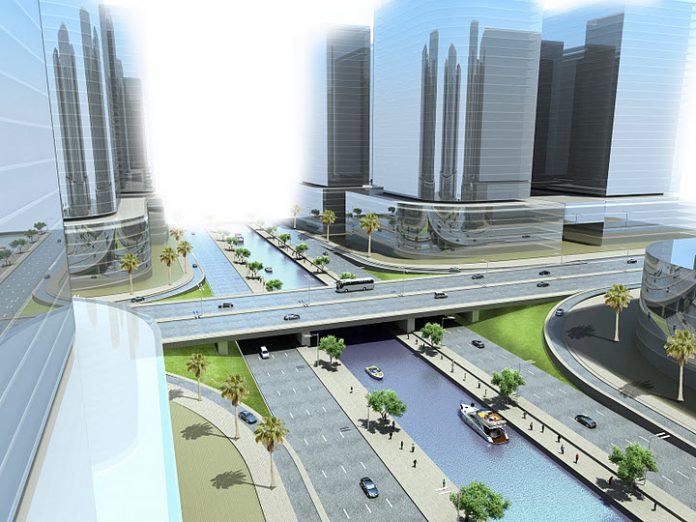The cost of acquiring land in Lagos’ prime coastal development, Eko Atlantic, has soared from approximately N180 million in the early 2000s to over N2 billion per plot, according to the third edition of the State of Lagos Housing Market report.
The report, released by the Roland Igbinoba Real Foundation for Housing and Urban Development, highlights the remarkable rise in land values across Lagos, particularly within the luxury real estate segment.
“The past decade has marked a period of profound transformation for the Lagos real estate sector, particularly within its luxury segment. What was once a market with relatively affordable land plots has rapidly matured into a highly competitive and premium investment destination, driven by a dynamic interplay of economic, demographic, and infrastructural forces,” the report stated.
Infinity pools, concierge services, wellness centres, and opulent interior fittings are becoming standard, with homes boasting imported sanitary ware, high-end tiles, and premium fixtures. Many also incorporate home offices, entertainment lounges, and cinema rooms.
The report added, “Architectural styles within the luxury segment are diverse, ranging from sleek, modern minimalist designs characterised by clean lines, open spaces, and large windows that seamlessly blend indoor and outdoor living, to more traditional styles that incorporate intricate woodwork and local materials, reflecting Nigeria’s rich cultural heritage.
“Beyond the physical attributes, exclusivity and prestige are central to the definition of luxury housing in Lagos. Affluent estates like Banana Island, Ikoyi, Lekki Phase 1, and Victoria Island are widely regarded as symbols of wealth, prestige, and modern urban living. Residing in these areas signifies social success and positions individuals among West Africa’s elite.
“Location-specific advantages further enhance this appeal; for instance, residents in Banana Island and Victoria Island enjoy waterfront views, upscale malls, fine dining establishments, and close proximity to business hubs, aligning with international luxury buyer expectations.”
The third edition of the report follows earlier volumes published in 2009 and 2016.






